by Adela Lovric // Apr. 2, 2024
Archie Moore employs a variety of media to create his conceptual, research-based portrayals of self and of contested national histories. Central to his artistic practice is an ongoing interest in the markers of identity, the limits of intercultural (mis)understanding and the wider concerns of racism. His work is a potent mix of political and emotional; it attempts to immerse the audience in his experiences, offering a unique vantage point to reconsider Australian history and confront the lived realities of First Nations people.
At the Australia Pavilion during this year’s Venice Biennale, Moore’s exhibition ‘kith and kin’ weaves personal with universal narratives and contextualizes Australia’s colonial history within 65,000+ years of Indigenous heritage. While focusing on Indigenous kinship and resilience, the show also addresses Australia’s carceral system, from the first penal colonies in 1788 to the enduring impact of incarceration on the country’s First Peoples.
Going beyond mere reference to kinship and familial relations, the titular phrase ‘kith and kin’ refers to First Nations understanding of attachment to place and time. Moore intertwines his ongoing genealogical research with broader histories of Australia, recognizing the cultural and linguistic losses resulting from colonization, and striving to reclaim them.
A recurring theme in Moore’s repertoire, memory is further explored in the upcoming exhibition in Venice. Delving into personal and trans-generational memories, the Brisbane-based artist recollects his childhood experiences as well as his Kamilaroi, Bigambul, British and Scottish ancestry. Ahead of the biennial’s opening, he shared with us the intricacies of his research into individual and collective histories, the multiple meanings of kinship, as well as his views on the importance of acknowledging Indigenous resilience and resistance in the face of continuously imposing forces of colonization.
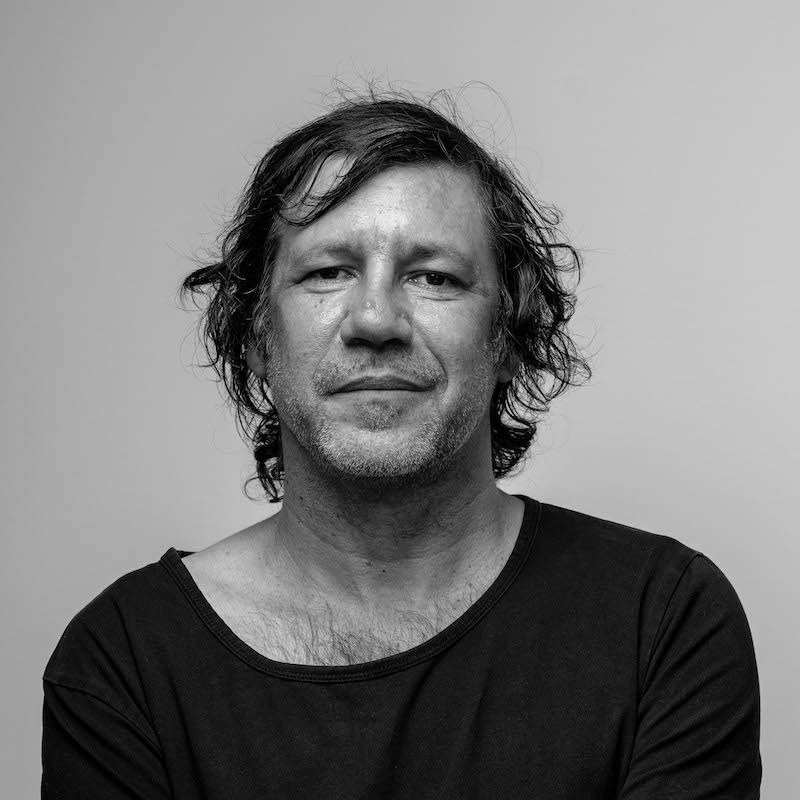
Archie Moore, portrait, 2024 // Photo by Rhett Hammerton
Adela Lovric: The title of your upcoming exhibition at the Australia Pavilion has historical roots, with kith originally meaning countrymen and kin referring to family members. Can you tell us about the personal relevance of these terms and how they relate to the themes and concepts explored in your exhibition?
Archie Moore: I was drawn to an Old English definition for Kith meaning “one’s native land,” as it seemed to me a very Indigenous understanding of the connection of oneself to the land. My ancestors saw the land itself and everything in it as part of their kinship system.
During my research, I came across a genealogical chart from when anthropologist Norman Tindale visited Boggabilla in 1938 and interviewed my great grandmother on my maternal side. Some Aboriginal people might have a distrust of anthropologists, yet I think the researchers seemed to be some of the few who were taking Aboriginal familial accounts seriously at the time. What Tindale recorded from my great grandmother seems very accurate and correlates with what my mother has said. Yet, the anthropologists’ genealogical chart is a very Western idea of how people are interconnected as a family. It’s a different understanding to Aboriginal kinship, where you could have several people that you called “mother” or “father,” and cousins could be called “brothers”—that’s not something Tindale explored in his genealogies. Tracing descent is one way of categorising and documenting First Nations peoples, without necessarily understanding Aboriginal family structures. I hope that ‘kith and kin’ will convey the complexity of First Nations relations.
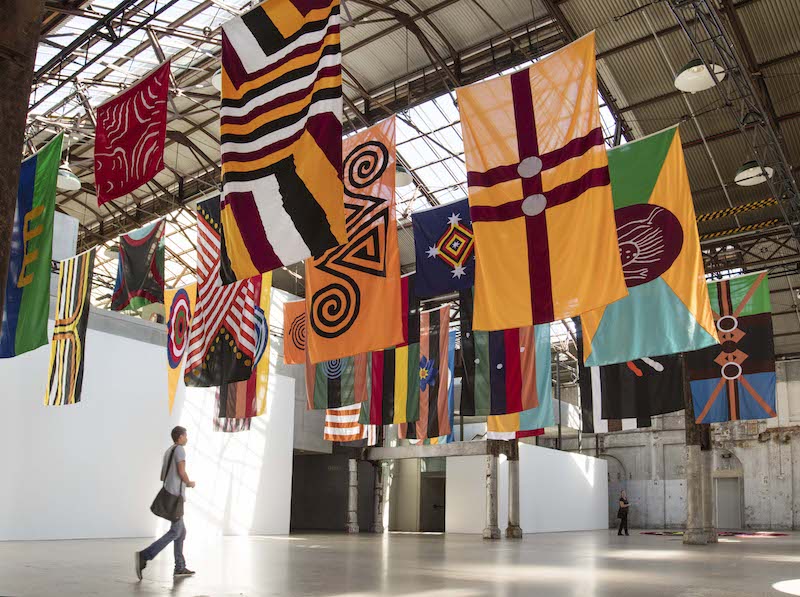
Archie Moore: ‘United Neytions,’ 2014/2017, an installation of 28 flags, polyester, nylon, zinc plated alloy, 28 parts in two sizes: (23 x) 360 x 180 cm and (5x) 180 x 180 cm, installation view at The National: New Australian Art, at Carriageworks, Sydney, 2017, Collection: Queensland Art Gallery | Gallery of Modern Art, Brisbane // Copyright the artist, courtesy The Commercial, Sydney, photo by Sofia Freeman/The Commercial
AL: Can you provide some details about how ‘kith and kin’ will be presented in the Australia Pavilion and give us a glimpse of the types of artworks that will be on display?
AM: I cannot talk about what will be in the Australia Pavilion—all will be revealed at the opening. I am working with First Nations architect Kevin O’Brien and curator Ellie Buttrose on the design of ‘kith and kin.’ I have worked with Kevin on a couple of projects previously, such as ‘A Home Away From Home (Bennelong/Vera’s Hut)’ 2016, Biennale of Sydney, where he helped with thinking about the placement of a window in relation to the sun for a recreation of a colonial brick hut built for the Aboriginal diplomat Bennelong; and a plan of my childhood home drawn from my memory of that space for a survey show at Griffith University Art Gallery, Brisbane, in 2017. An understanding of and connection to place is important to Indigenous Australians as it reinforces their identity and sense of belonging. The Australia Pavilion sits alongside rio dei Giardini and so we have decided to keep a view to the canal visible in the exhibition. This canal connects to the sea and to all the world’s oceans including those that surround Australia. This gesture articulates how everyone is connected through our shared world.
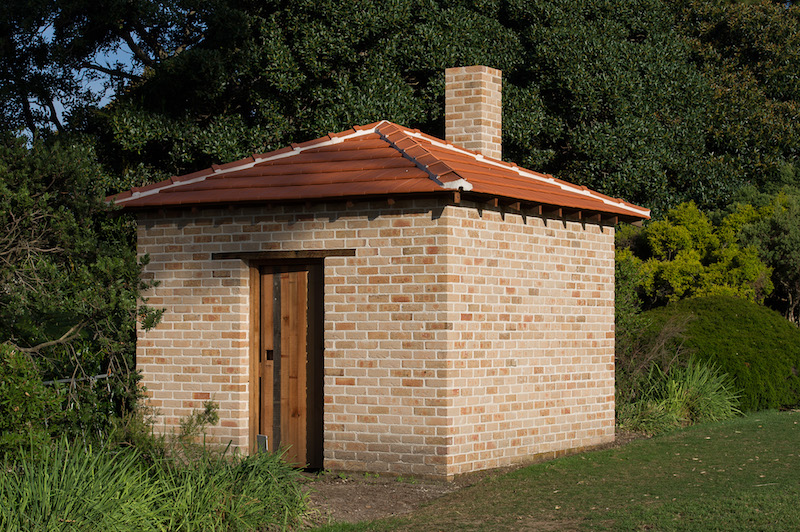
Archie Moore: ‘A Home Away From Home(Bennelong/Vera’s Hut),’ 2016, mixed media, 433.20 x 345.00 x 258.40cm, installation view, 20th Biennale of Sydney, curated by Stephanie Rosenthal, at Royal Botanic Gardens, Sydney, 2016 // Copyright the artist, courtesy The Commercial, Sydney, photo by Wendell Teodoro
AL: In preparing for ‘kith and kin,’ which aims to reflect on Australia’s 254-year colonial history within the 65,000-year context of your Kamilaroi and Bigambul family heritage, substantial research seems imperative. Can you discuss your approach to research for this exhibition?
AM: I became interested in learning more about my family after my mother had a stroke in 2016. I began to realise how much information would be lost if she died. After a minor stroke, my mother became more open about discussing family history, and more lucid too. I grew more interested in genealogy and started looking in the archives for my mother’s Kamilaroi and Bigambul side and my father’s British and Scottish side. I have come across material in libraries, newspapers, cadastral maps, pastoral diaries, historical societies, state archives, the genealogy website ancestry.com and discussions with family members. There are 3,484 people in my ancestry.com tree for my family. The written archival information available on my Aboriginal side stops much sooner than on my European side, because the vast First Nations oral archive has been disrupted due to colonisation and due to the disregard for our knowledges that had no written form.
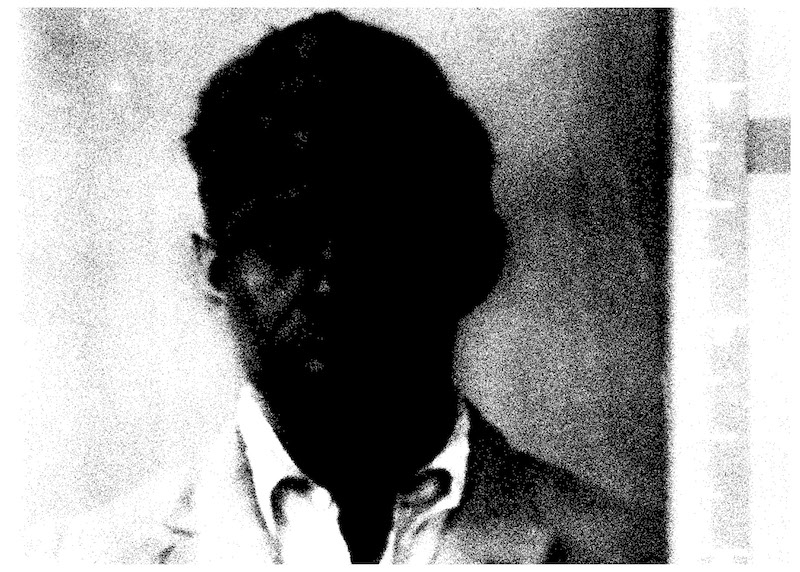
Archie Moore: ‘William Clevens’ in ‘kith and kin,’ 2024, found photograph, Australia Pavilion, Venice Biennale 2024, graphic design work Žiga Testen and Stuart Geddes // Courtesy the Artist and The Commercial, © the artist
AL: In your search for answers through archives and living memory, you’re not only seeking to uncover the missing and absent but also acknowledge the resilience and continuing presence of First Nations peoples. What can be gained—individually and collectively—through these artistic efforts to reconcile the past and the present?
AM: For ‘kith and kin,’ I wanted to show that First Nations Australian cultures have existed for 65,000+ years and continue to exist into the now. This is in spite of invasion, massacres and systemic over-incarceration. A lot of Aboriginal nations were almost entirely wiped out—my Bigambul people, for instance, were reduced to just 100 people, it’s miraculous that we are still here. ‘kith and kin’ will show how the history of British invasion and colonisation still imposes itself on the lives of First Nations Australians today, but also how Indigenous peoples resist it. The archival documents of my family are evidence of my link to the Bigambul and Kamilaroi survivors of massacres, removals and incarceration. These colonial files and articles mark the beginning of the describing, recording and classifying of my people. The archives bring family members of the past into the present and the future where they can be viewed with more humane eyes. These ancestors’ presence in these three temporal zones evokes the First Nations’ notion of time, where the past, present and future exist simultaneously.
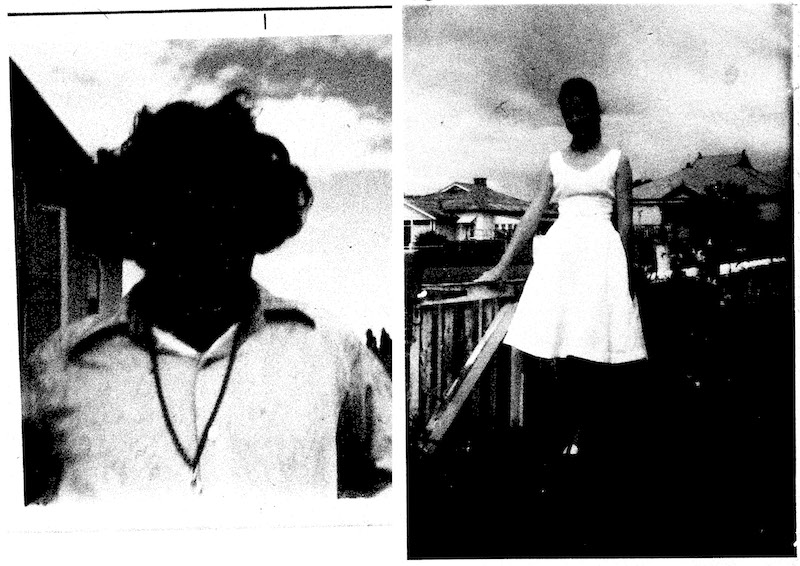
Archie Moore: ‘Fredrick Noel Clevens and Valerie Jean Moore’ in ‘kith and kin,’ 2024, found photograph, Australia Pavilion, Venice Biennale 2024, graphic design work Žiga Testen and Stuart Geddes // Courtesy the Artist and The Commercial, © the artist
AL: Your work has been praised for its ability to engage audiences emotionally through evoking memories and familial stories. How do you reconcile personal narratives with broader discussions about social change, particularly in the context of Australian colonial history and First Nations sovereignty?
AM: My research into my family history reflects the history of Australia. Australia was invaded by the British in 1770 and they established penal colonies in 1788 to alleviate their overflowing jails. My great great grandfather, William Moore, was a 16-year-old boy when he was sentenced to death for stealing a roll of woollen cord and a roll of corduroy. This charge later downgraded to transportation to Australia. In January 1900, his grandson, William Henry Moore, was the lucky winner of a land ballot—designed by the state to encourage agricultural production—receiving a portion of land near the town of Coolatai, New South Wales. An area situated at the eastern boundary of the nation of the Kamilaroi/Gamilaraay people, who are connected to my great grandmother, Jane Cleven. My paternal grandfather was given land stolen by the colonisers that once belonged to the nation of my maternal great grandmother. For First Nations peoples’ land rights claims to be recognised by law in Australia, we have to show documented proof of an unbroken link to an apical ancestor. By researching my family, I am showing a connection to my people’s sovereign lands.
Exhibition Info
La Biennale di Venezia
Australia Pavilion: ‘kith and kin’
Exhibition: Apr. 20–Nov. 24, 2022
creative.gov.au
Giardini della Biennale, 30100 Venice, Italy, click here for map























